Nov 10, 2025
A manifold block is a metal or engineering plastic block with pre-designed internal passageways for both air and electrical circuits, used for centrally mounting multiple solenoid valves.
The manifold block intelligently integrates valves used in pneumatic systems by providing common intake and exhaust ports, ensuring unified air supply and exhaust for all integrated valves.Air manifold block offers a sturdy and compact mechanical mounting base for the valves, reducing the risk of damage during operation. Additionally, it features common power input terminals and signal interfaces, simplifying wiring by allowing all solenoid valves to be connected with just one multi-core cable or network cable. This is also the most essential function of a manifold block.
As a central hub for pneumatic system control, the air manifold block seamlessly integrates the pneumatic and electrical circuits. Its working process can be broken down into four key stages.
Centralized Air Supply and Distribution
Compressed air that has been processed enters the block through a single common intake port.Inside the manifold block, there is a supply manifold that is directly connected to the inlet of each solenoid valve mounted on the manifold. When a valve is installed, it automatically connects to this common air source interface.
Independent Outputs to Actuators
The manifold block provides not only a common air supply interface but also independent working output ports, which are connected to the body of the manifold.For each valve, the manifold block provides a separate threaded interface for its output port. You only need to connect the air hose from these specific outlets directly to the interface of the actuator, such as a cylinder or pneumatic motor. These output ports are neatly arranged together, which is very helpful for implementing one-to-one control between a valve and an actuator.
Unified Exhaust
When it is necessary to exhaust air from the actuators, the unified exhaust port on the manifold block is used.If the block is not used, each solenoid valve has its own exhaust port and silencer, resulting in multiple noise points. The manifold block collects all the exhaust ports of the solenoid valves into an internal exhaust manifold. This manifold directs all the waste air to one or several common exhaust ports on the side or end of the manifold. You can install an efficient silencer on these common exhaust ports, making centralized and unified exhaust management very convenient.
Electrical Control and Signal Distribution
Centralized intake and exhaust are not the only functions of the manifold block; remote control is the core of the block's contribution to system intelligence.
A preassembled cable with a multi-pin connector is plugged into the block. This single cable simultaneously transmits power and all independent control signals from the PLC output module. Inside the block, the power is distributed to a common power bus. The individual signal lines from the connector are routed internally to the electrical contacts at the specific valve positions. When the PLC issues a signal, the electrical signal is transmitted through the multi-core cable, and the specific signal is delivered directly to the coil of the designated solenoid valve, causing it to operate.
Air Source Pressure Matching:Ensure that the manifold block can withstand the system's maximum working pressure while maintaining a certain safety margin.
Valve and Interface Compatibility:Select a manifold block that is compatible with the solenoid valve models used in the system. The matched connection points include the inlet port, exhaust port, and output ports.
Output Port Design:Ports should be arranged reasonably to facilitate neat tubing layout and ease of maintenance. Multi-station blocks can provide additional installation positions for future valves.
Exhaust Design:The exhaust port size should not only match the valve's threaded interface but also be compatible with high-efficiency silencers.
Material and Environmental Adaptability:Select corrosion-resistant, anti-oxidation, and wear-resistant materials according to the environment. Options include aluminum alloy, engineering plastics, or stainless steel.
Maintenance and Installation Convenience:The manifold block should feature a modular design, be detachable and cleanable, and have clear labeling to facilitate maintenance and ease of use.
We are a professional manufacturer of pneumatic components, offering a wide range of multi station manifold blocks compatible with various valve types 2/4/8 stations and interface sizes (G1/8, G1/4). Our modular blocks allow flexible valve addition, customized layouts, and precise one-to-one control with actuators. We provide expert support in selection, system design, installation, and training, ensuring efficient and reliable operation. With one-stop procurement, stable supply, and rigorous quality testing, our products deliver long-term durability, reduced noise, and easy maintenance. Centralized air, exhaust, and electrical control enhance system responsiveness, efficiency, and scalability for continuous, trouble-free production.
If you are interested,you can contact us directly!
You May Interest In

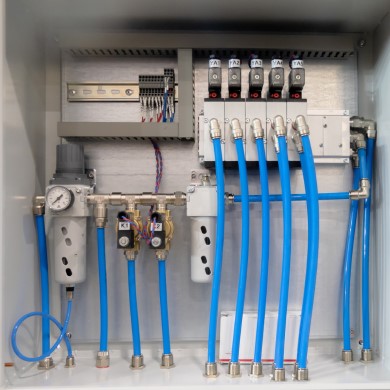
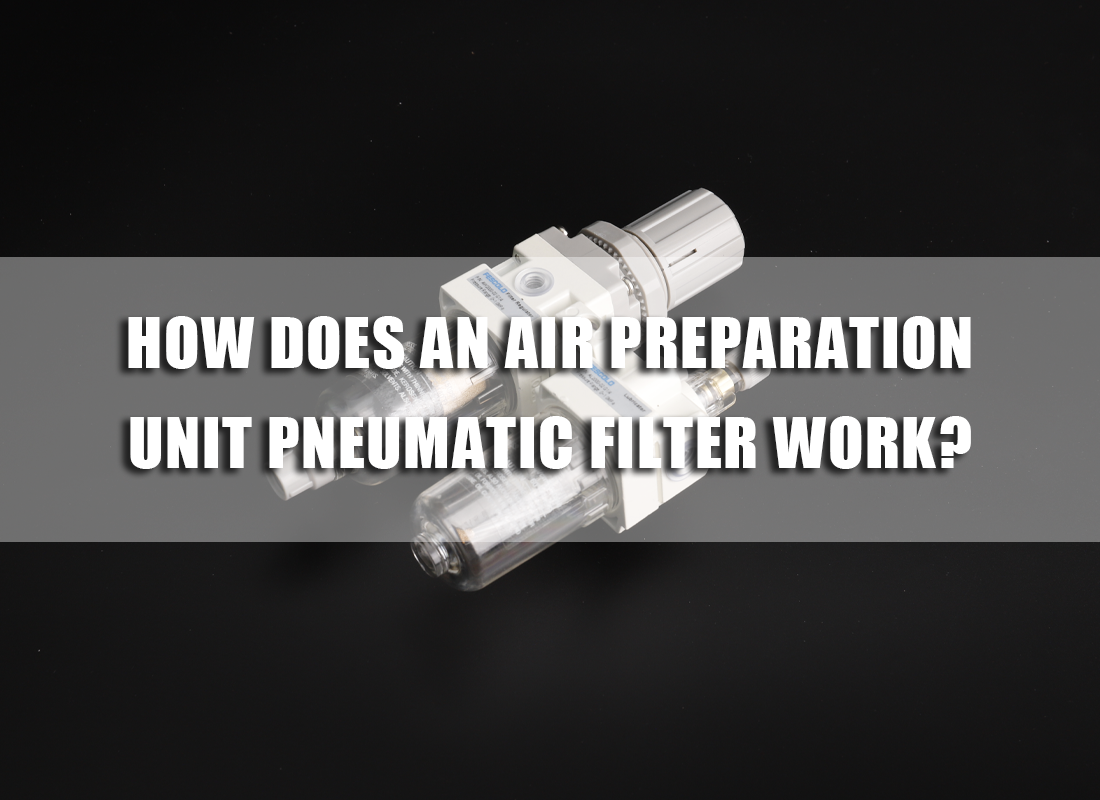

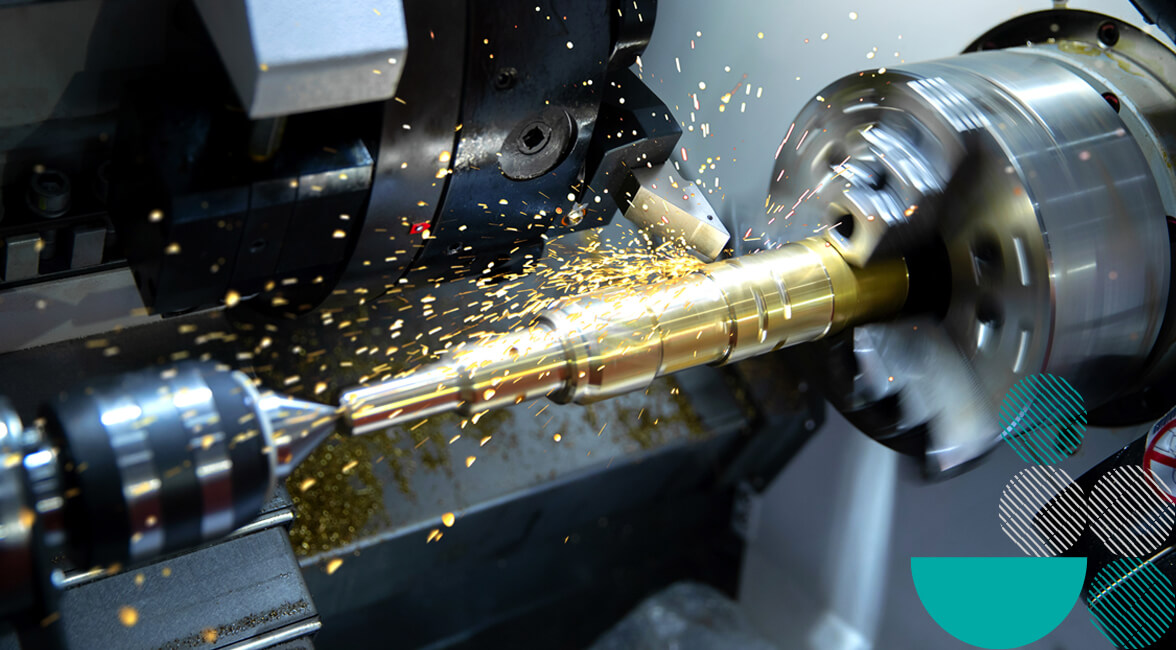
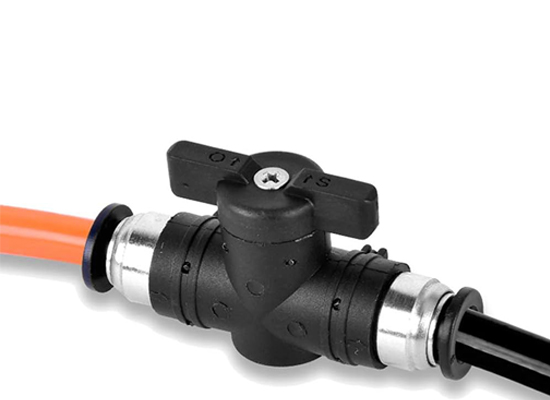
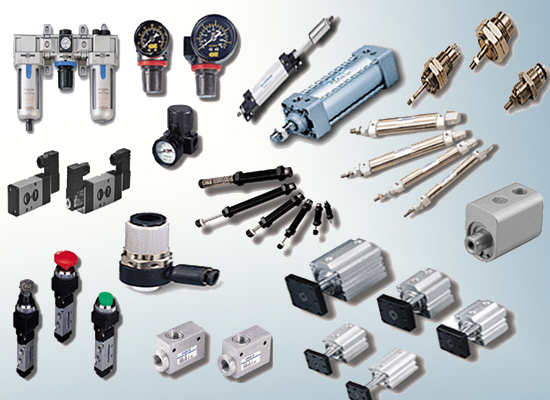


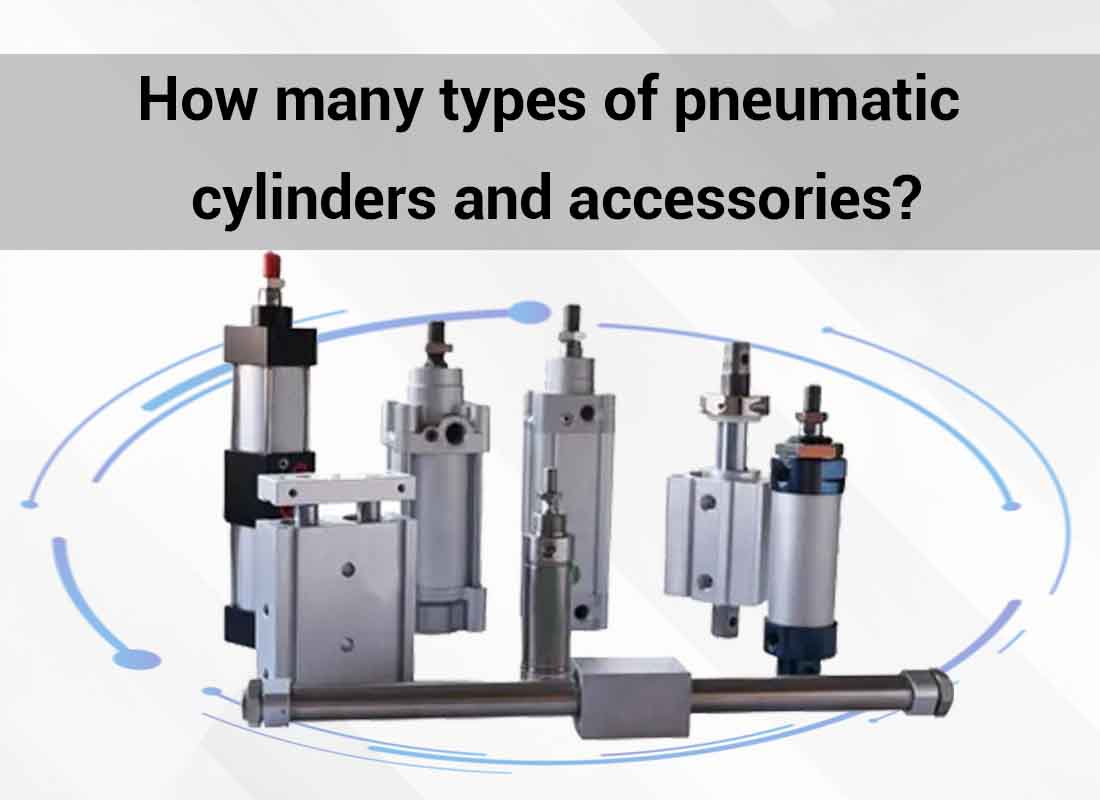
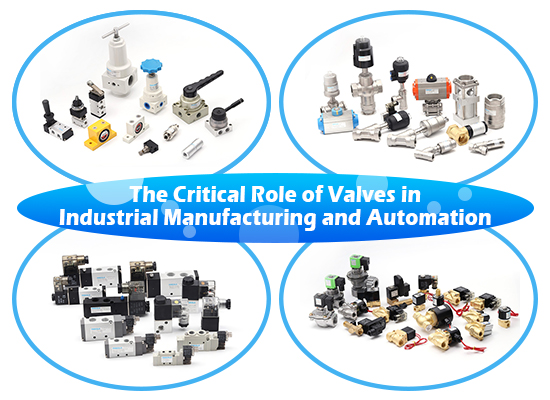
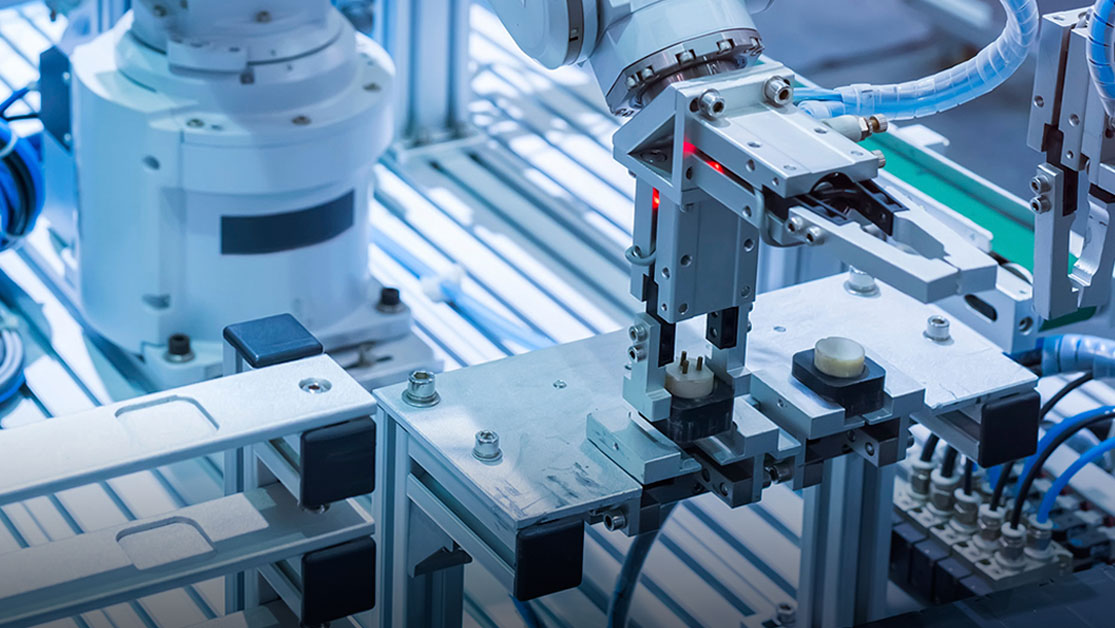
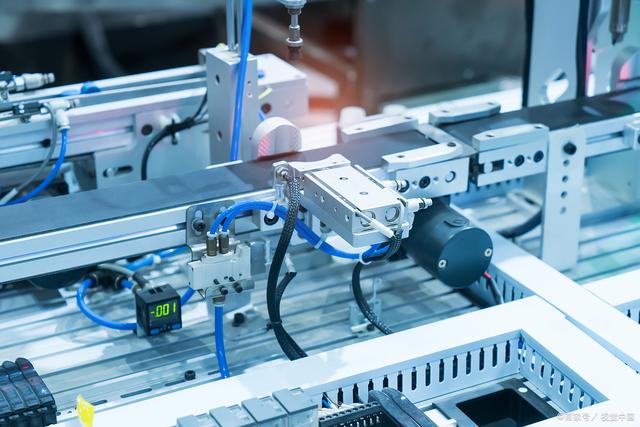
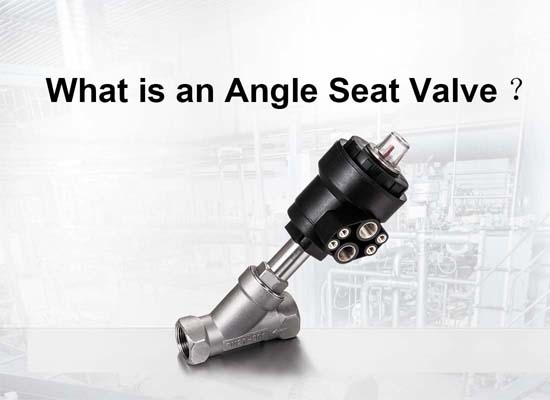
Apr 18, 2025 Blog
What is an Angle Seat Valve?Links: www.fescolo.com(Pneumatic)
FOKCA ©1998-2025 All Rights Reserved Sitemap